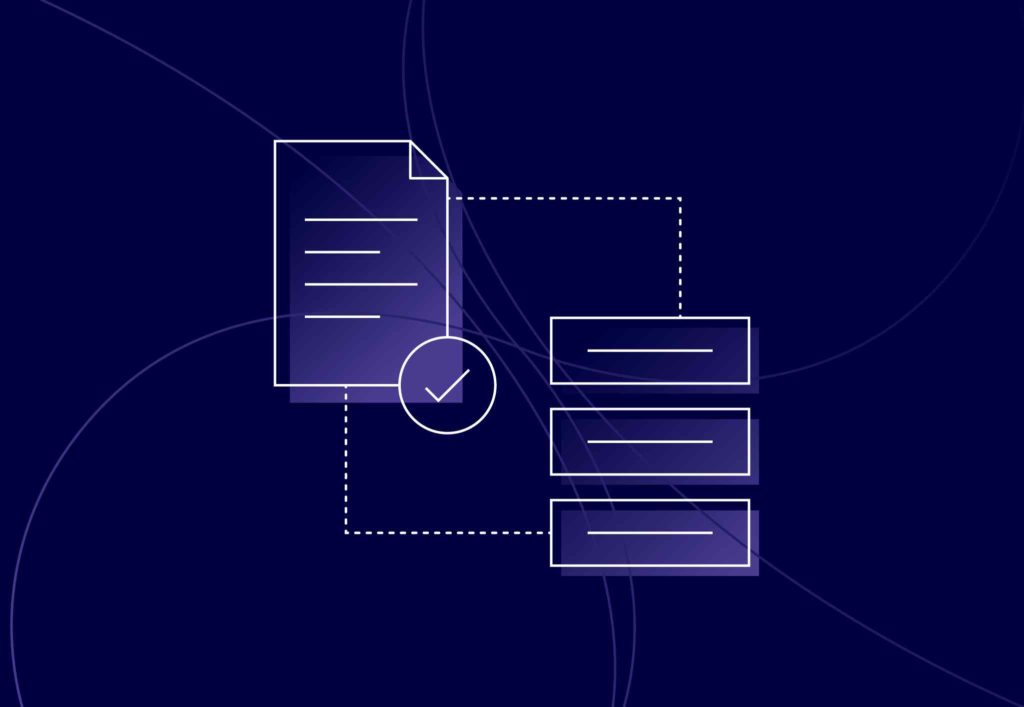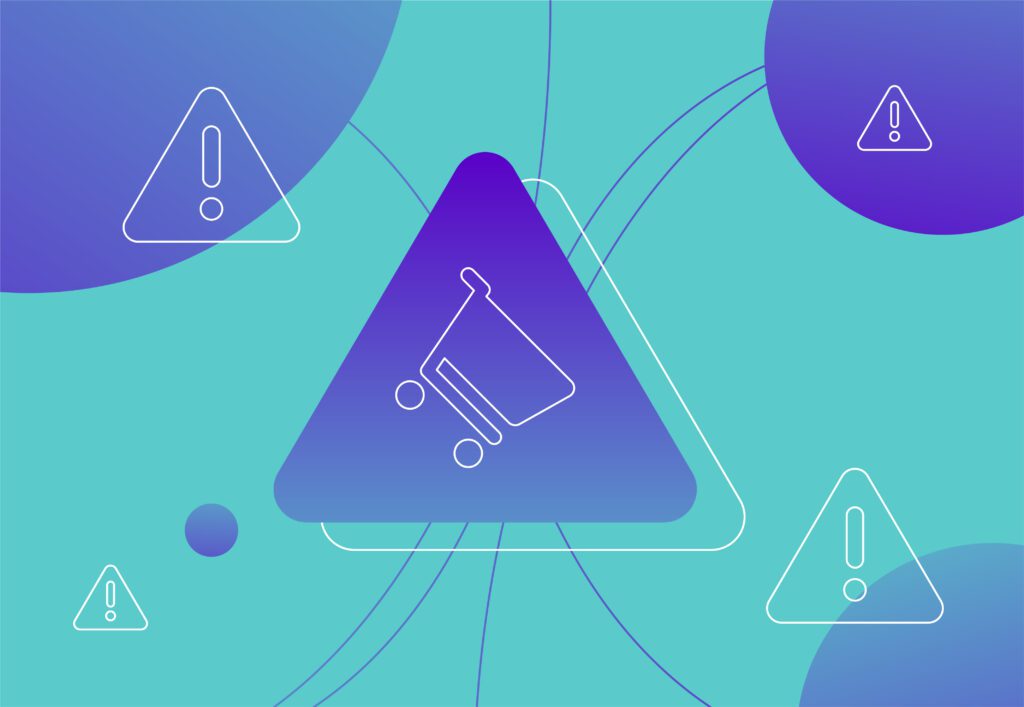
3 Content Design Mistakes Plaguing Your Site

This is a good blog post.
That’s not just our opinion either – this blog post is designed to look, feel, and sound like a good post. It’s clear, it’s clean, and it passes the eye-scan test at the first glance. You’ve already made the decision to read this article based on how it looks. This post looks valuable and expensive, so you instantly decide to trust this article to give you the information you need.
As a content-first agency, that’s exactly what we’re always looking to create for our own website and our client’s websites. And most of the time, if the functionality is there, that’s exactly what we manage to do.
However, we do see that many websites across the web are plagued by poor content and content design mistakes. Content isn’t all about the written word – it’s about how that content is displayed and presented to the audience too.
To help those who are currently suffering from the result of poor website design, we’ve put together this review of the top content design mistakes that we soon on the web. By avoiding these and following our tips, we can pretty much guarantee that your content will start to be read more, loved more, and ultimately, content that converts more.
Without further ado, let’s get into it…
1. NO content design at all
This is simply criminal. And common.
Pages with absolutely zero design are found everywhere across the internet and it’s just not good enough. When you don’t design your page, you’re essentially giving your potential customers and clients a wall of text to tackle, which is something that nobody wants to do.
Users want to be engaged and interested from the moment they hit the page, so it’s your duty to produce pages of content that do exactly this. You need to think of the design elements that users will favour as well as the expertise that they’re looking for – in doing this, you’re covering every base and ensuring that you’ve set up a page of content that’s built to succeed rather than clinging on for dear life.
Of course, it’s not always possible to create a page with mesmerising design features. Not every site has those types of capabilities. In these situations, it’s about doing things in the smartest way possible, maximising the features available to you and ensuring that the page looks as best as it can. You may only be as good as the tools at your disposal, but it’s up to you how far you go with those tools. If you feel that you’ve maxed out the potential for a page, you can rest easy knowing that you’ve created the best page you could.
2. It’s just too busy
However, this does NOT mean that you should be making your page too crowded. When we say that pages need to be designed well, we are not saying that they need to be over-designed. By going too far with design features, you can start to create a page that’s too difficult to use – when you do this, you begin to create a worse user experience on your site, which will drive users to leave the site before converting.
In the first instance, you should be looking to create a page that encompasses the features that users will NEED. So ask yourself, are the features that you’re adding to the page bringing extra value to the users as they browse your site? If the answer is no, you should probably look to remove or replace that feature.
Images are your best friend, so make sure you’re using them effectively. A page with images captivates the user – human beings are visual animals and colours, vibrancy, and pictures grasp our attention better than anything else. With that in mind, consider how you can use images to deliver your written content. Could you use a graph? Is there an infographic that you could create? Can you use a picture to speak a thousand words?
3. Get your CTA right, avoid content design mistakes
If your CTA doesn’t work, your content doesn’t convert. And I’m not just talking about whether you can physically click on the button either; for your content to convert, you’ll need to ensure that it’s saying the right thing, is in the right place and takes the user to the right place.
It sounds easy in theory, but this is something that’s done wrong on a huge number of sites across the web. If you’re looking for some advice on how to structure your CTAs on your landing pages and blogs, fear no more! We’ve recently released a fantastic post on CTAs and how to maximise them for your site, so take a look, listen to our tips, and get your call to action back on track today!
If you don’t have the time to sit and read through another blog, here’s a really quick overview of what you need to think about when it comes to CTAs:
- Factor in ‘The Fold’
Decide whether you’re going to use a standard for your site and stick to that rule. If you’re going to have a standard size for ‘above the fold’ content, usually 1080px or 768px in size, then this needs to be uniform across the website.
There are, of course, instances where you might deviate from the idea of ‘The Fold’. This tends to happen on creative concepts that are more compact – all content sits above the fold and will look to utilise horizontal sliders, pop-ups, or overlays to add more content onto the page without having to dip below ‘The Fold’.
- Avoiding the ‘False Bottom’
When you mix the aesthetic of a tiny site with the functionality of a complete site, you get the ‘False Bottom.’ This gives the customer/visitor no reason to believe there is more information below the fold, therefore they will scroll less frequently, which is one of the biggest content design mistakes.
Huge hero sections filled with graphics, which take up the full area above the fold and often include short headlines, little to no body text, and either a CTA (Call To Action) or an email capture form, are the most common explanation for the ‘False Bottom.’
If your pages have a ‘False Bottom’, you’ll be reducing the number of scrolls that people make on your page – this leaves valuable content and CTAs hidden from view, resulting in fewer conversions. The false bottom is, in our eyes, one of the biggest content design mistakes.
Would YOU read it?
The best litmus test for any piece of content is “would you read it?”. If you wouldn’t scrap it and start again.
Well, before you toss the page in the bin, take one final look and make some notes of the content design mistakes. Note down why you don’t like the page, why you didn’t find it valuable, and what you think is missing. Designing the perfect page is a learning curve and it requires a lot of time and refining to get right. The best way to improve your content designing skills is to continuously review your work and look for ways it could be improved.
The more you look into content design, the more you’re going to get it. Once you’ve had a few lightbulb moments with your pages, you’ll start to feel incredibly confident when bringing your written content to life on snazzy, user-friendly pages each and every time, so don’t worry if it doesn’t go perfectly right away.
Here at Embryo, our exceptional Content Team works closely with our internal Developers and Designers to ensure that every page looks and feels as it should – this is why we love our pages, and it’s why they convert too! If you’d like to up your content game with Embryo and avoid content design mistakes, just give us a call or fill out our contact form today!




